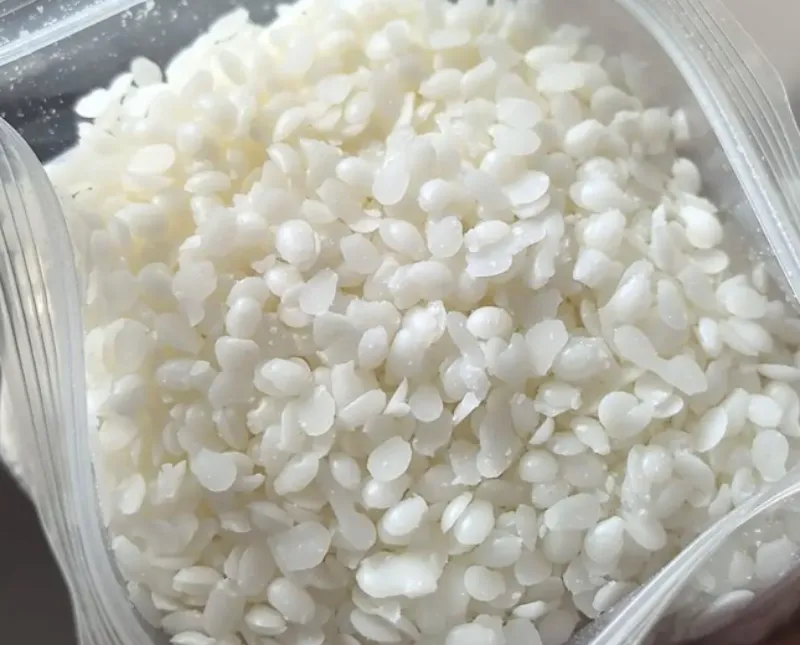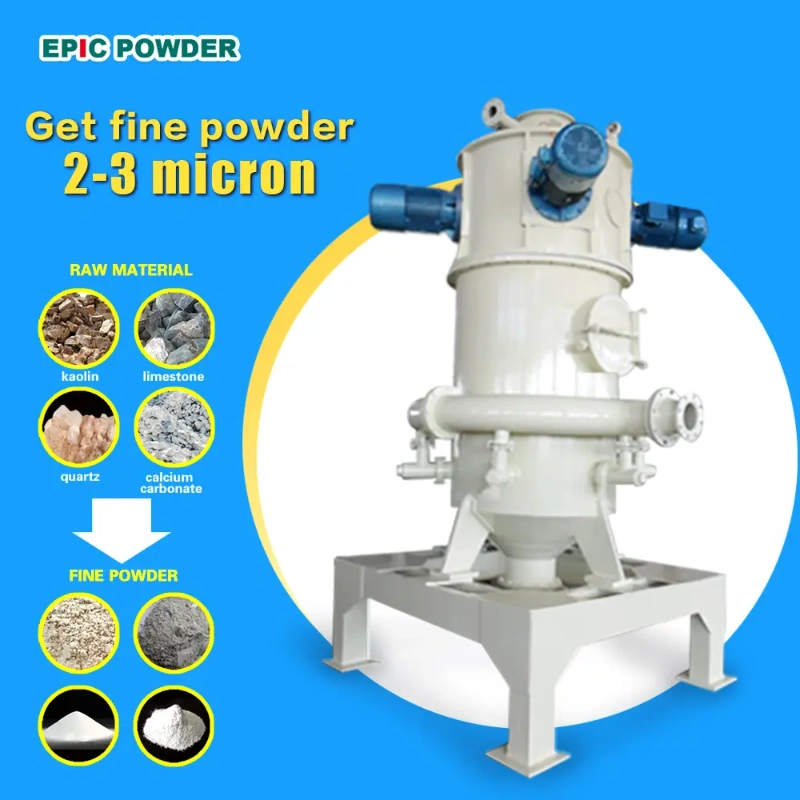في مجال المواد الجديدة، توجد مادة مضافة رئيسية تُعرف باسم "MSG الصناعة" - شمع PTFE مسحوقيُنتَج هذا الراتنج الأبيض المسحوق عن طريق تخثر وغسل وتجفيف مُشتَّت مُحصَّل من خلال بلمرة مُتحكَّم فيها لرباعي فلورو الإيثيلين. يتميز بخصائص استثنائية، مثل مقاومة الحرارة، ومقاومة العوامل الجوية، ومقاومة البرد، وانخفاض الاحتكاك، وخصائص عدم الالتصاق. المواد الكيميائية الاستقرار والعزل الكهربائي. بالإضافة إلى ذلك، نظرًا لمتوسطها الصغير حجم الجسيماتيتمتع مسحوق الشمع PTFE بقدرة ممتازة على التشتت ويمكن أن يمتزج بسهولة وبشكل موحد مع مواد أخرى.

عمليات إنتاج مسحوق الشمع
الطريقة الفيزيائية
يمكن الحصول على مسحوق الشمع من خلال الطرق الميكانيكية أو مطحنة نفاثة، التبخر والترسيب، أو عمليات الذوبان. على سبيل المثال، البارافين و شمع البولي ايثيلين يمكن طحنها وتصنيفها للوصول إلى أحجام جسيمات بمستوى الميكرون. هذه الطريقة بسيطة، لكنها غالبًا ما تُنتج منتجات ذات واسع حجم الجسيمات التوزيع، والأشكال غير المنتظمة، وقابلية التشتت الضعيفة.
طريقة الكاشف الكيميائي
تستخدم هذه العملية عوامل كيميائية لتوليد جزيئات دقيقة من الشمع تدريجيًا من حالة جزيئية مذابة. ويمكنها إنتاج شمع ميكروني على نطاق النانوولكن العملية معقدة ومكلفة.
طريقة البلمرة أو التحلل
يمكن أيضًا تحضير الشمع المجهري عن طريق البلمرة أو التحلل، مثل شمع PMMA المجهري, شمع ميكروني ذو وزن جزيئي متحكم به من مادة PP وPE وPTFE، و شمع الأكريلات.
على سبيل المثال، يمكن تصنيع شمع البولي إيثيلين من خلال البلمرة تحت الضغط العالي أو الضغط المنخفض.
- تنتج عملية البلمرة عالية الضغط شمع البولي إيثيلين المتفرع ذو الكثافة ونقطة الانصهار المنخفضة.
- تؤدي عملية البلمرة منخفضة الضغط إلى إنتاج شمع PE خطي ذو ثقل نوعي أقل.
حتى بين شمع البولي إيثيلين المُنتَج بطرق الضغط المنخفض، تختلف خصائصه الفيزيائية باختلاف الكثافة. يميل شمع البولي إيثيلين منخفض الكثافة (تبلور أعلى وتفرعات أقل) إلى أن يكون أقوى وأكثر مقاومة للتآكل، في حين أن خصائصها في تقليل الانزلاق والاحتكاك أضعف قليلاً.
سيناريوهات التطبيق

يتم استخدام مسحوق الشمع على نطاق واسع في مختلف الصناعات:
1. صناعة الطلاء
- عامل التلميع:ينثر الضوء لتقليل اللمعان والحصول على لمسة نهائية غير لامعة.
- عامل مضاد للتآكل:يحسن مقاومة التآكل ويمتد طلاء حياة.
- عامل مضاد للانسداد:يخفض طاقة السطح لمنع الالتصاق بين الطبقات.
2. صناعة البلاستيك
- مواد التشحيم:يعزز تدفق المعالجة وكفاءة الإنتاج.
- عامل تحرير العفن:يمنع الالتصاق بين المنتجات والقوالب.
- عامل مضاد للكهرباء الساكنة:يقلل من مقاومة السطح لمنع تراكم الكهرباء الساكنة.
3. صناعة النسيج
- عامل التليين:يوفر ملمسًا ناعمًا وناعمًا للأقمشة.
- طارد للماء:يحسن مقاومة الماء.
- مثبطات اللهب:يعزز مقاومة الأقمشة للهب.
4. مجالات أخرى
- مستحضرات التجميل: يعزز استقرار وتزييت التركيبات.
- طعام: يستخدم كعامل تلميع ومضاد للالتصاق في الحلوى والشوكولاتة.
- المستحضرات الصيدلانية: يعمل كحامل في أنظمة إطلاق الأدوية الخاضعة للرقابة أو أنظمة توصيل الأدوية المستهدفة.
مسحوق ملحمي
تتخصص شركة Epic Powder في تقنيات الطحن والتصنيف المتقدمة لإنتاج الشمع الدقيق. بخبرة تزيد عن 20 عامًا في معالجة المساحيق فائقة الدقة، نقدم حلولاً مخصصة لشمع PTFE وPE وغيرها من الشمع الدقيق، مما يضمن ثبات حجم الجسيمات، وقابلية تشتت فائقة، ونتائج عالية الأداء، مصممة خصيصًا لتلبية احتياجات كل عميل.
